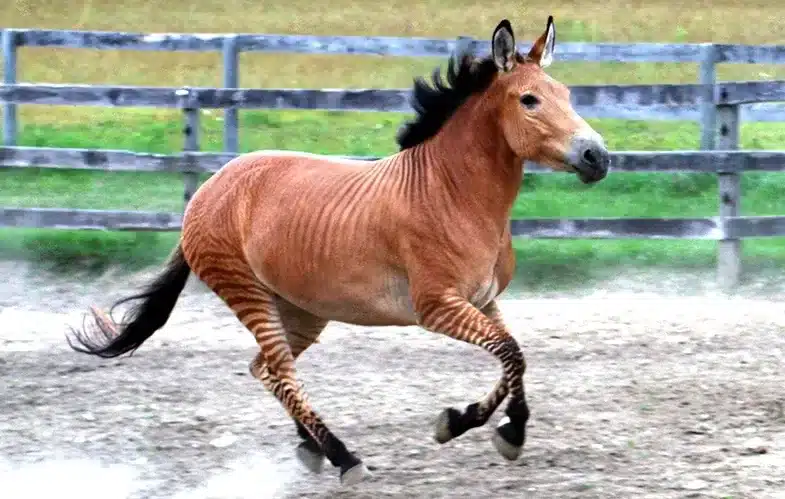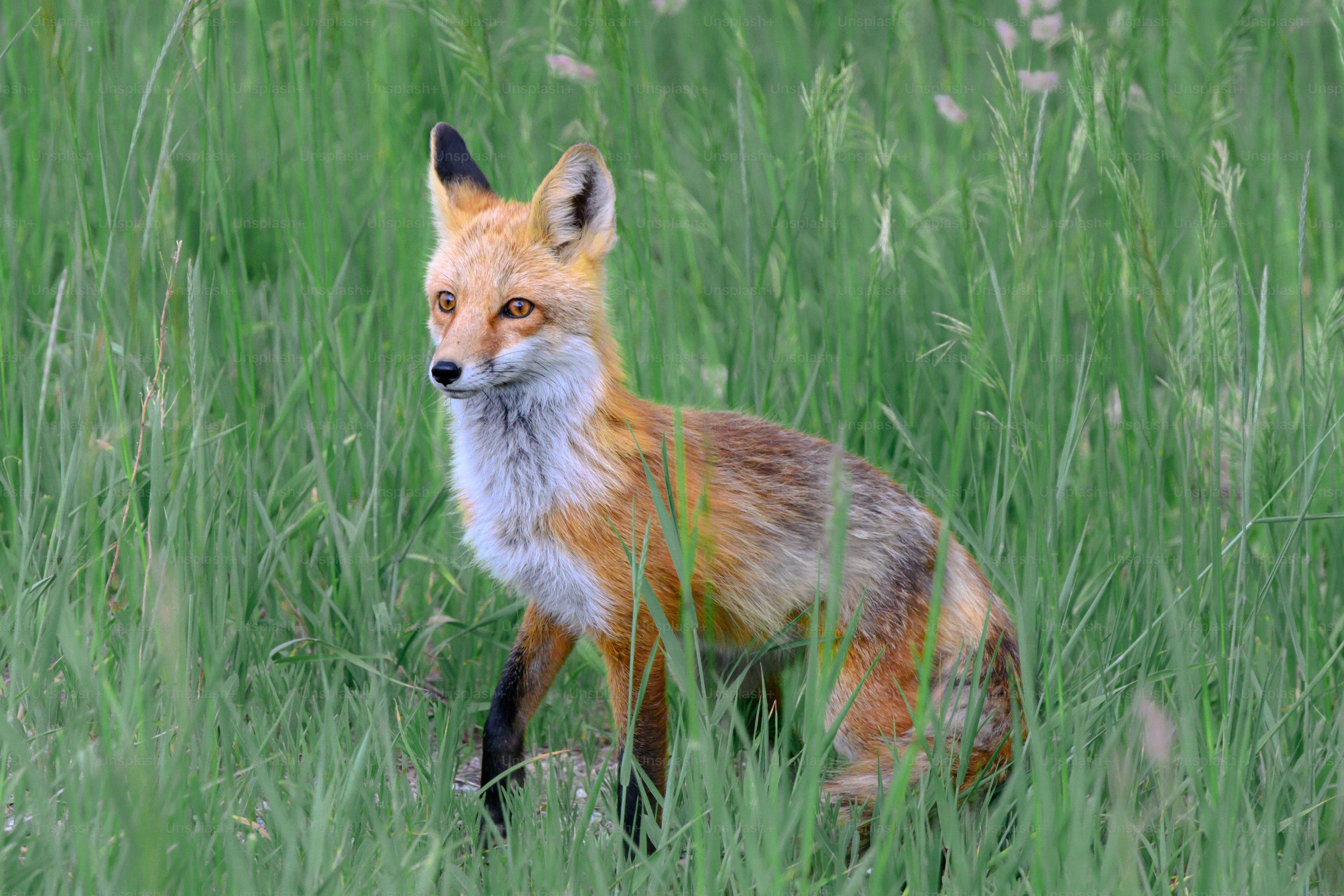
Have you ever wondered about mammals that start with the letter Z? These remarkable animals have unique characteristics that set them apart from other creatures.
Mammals are unique because they feed their babies milk, have warm blood, and grow soft fur or hair.
While other animals, such as fish, birds, and reptiles, follow different life patterns, Z-named mammals bring special traits to the animal kingdom.
From the striped zebras of African grasslands to hybrids such as zonkeys, these creatures offer a glimpse into nature’s incredible diversity.
Get ready to learn about the interesting world of mammals that begin with Z and learn about their remarkable lives!
Mammal Names That Begin With The Letter “Z”
1. Zebra
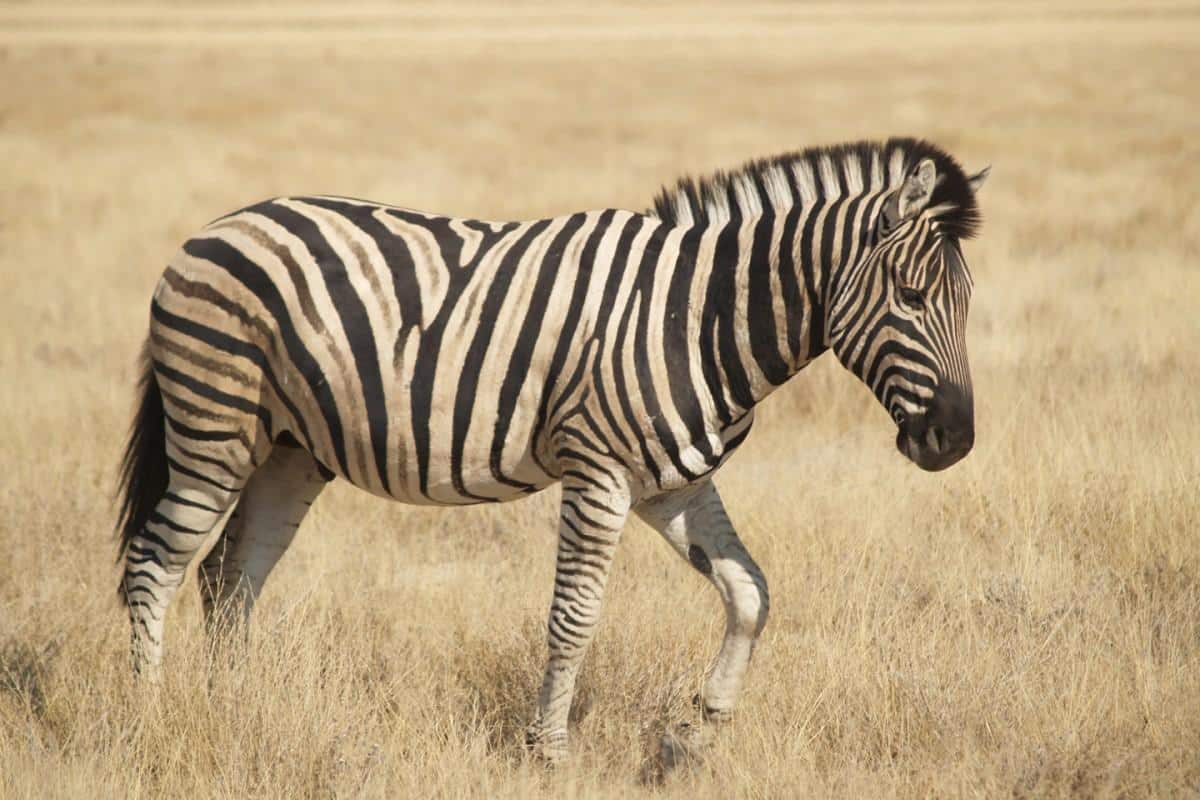
Zebras are African equines known for their distinctive black-and-white striped coats. They are social animals that live in herds and are closely related to horses and donkeys.
-
Region of Habitat: Grasslands, savannas, and open woodlands of Africa
-
Scientific Name: Equus zebra
-
Feeding Habits: Herbivorous; primarily grazes on grass
-
What Sound They Make: Barking, braying, and snorting
Fun Facts
Zebra stripes are unique to each individual, much like human fingerprints. Their stripes help deter biting flies by creating an optical illusion.
2. Zebu
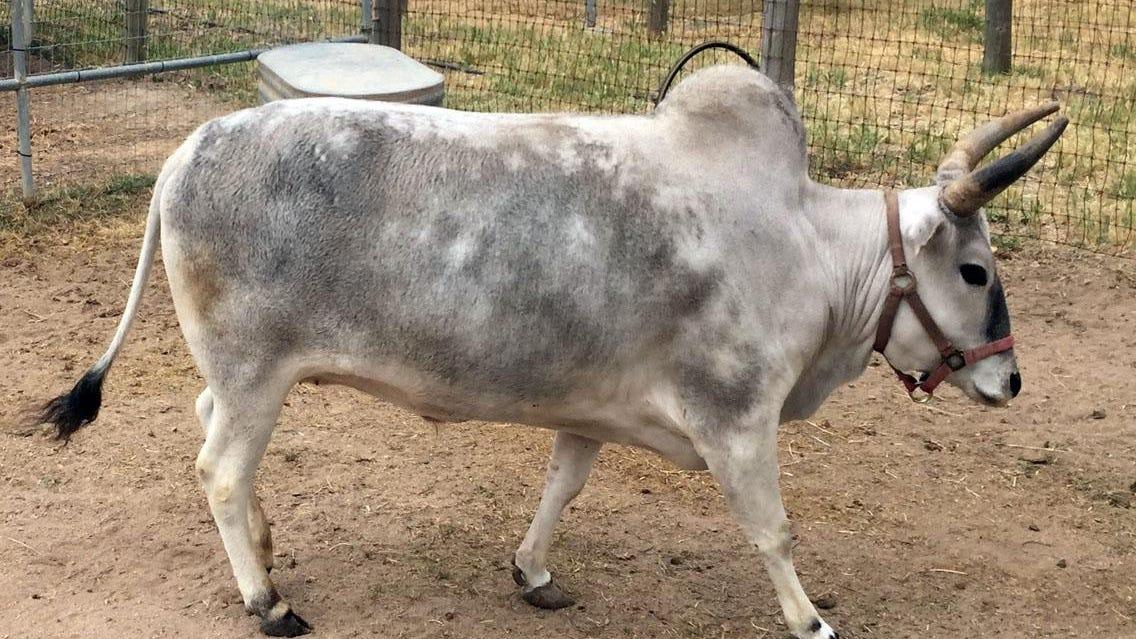
Zebus are a type of domestic cattle characterized by a prominent hump over their shoulders and large, drooping ears. They are commonly found in tropical regions.
-
Region of Habitat: South Asia, Africa, and South America
-
Scientific Name: Bos taurus indicus
-
Feeding Habits: Herbivorous; consumes grass, hay, and agricultural byproducts
-
What Sound They Make: Lowing and bellowing
Fun Facts
Zebus are highly resistant to heat and drought, making them well-suited for tropical climates. They have been domesticated for over 4,000 years.
3. Zokor
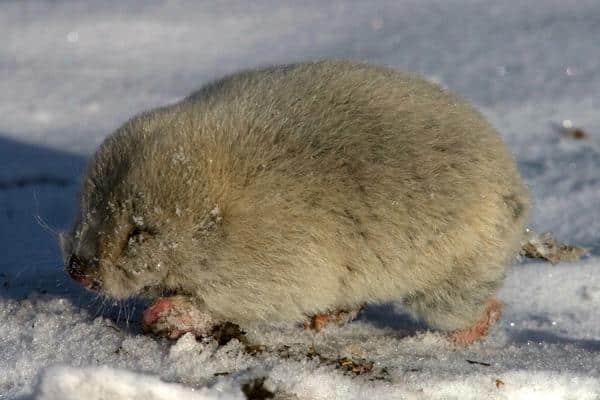
Zokors are burrowing rodents that resemble moles and are known for their underground lifestyle. They have powerful forelimbs adapted for digging tunnels.
-
Region of Habitat: Central and East Asia, mainly in grasslands and forests
-
Scientific Name: Myospalacinae
-
Feeding Habits: Herbivorous; eats roots, tubers, and plant stems
-
What Sound They Make?: High-pitched squeaks and soft grunts
Fun Facts
Zokors rarely come above ground and use their strong front teeth to dig through soil. Unlike moles, they do not have external eyes but can sense light.
4. Zonkey
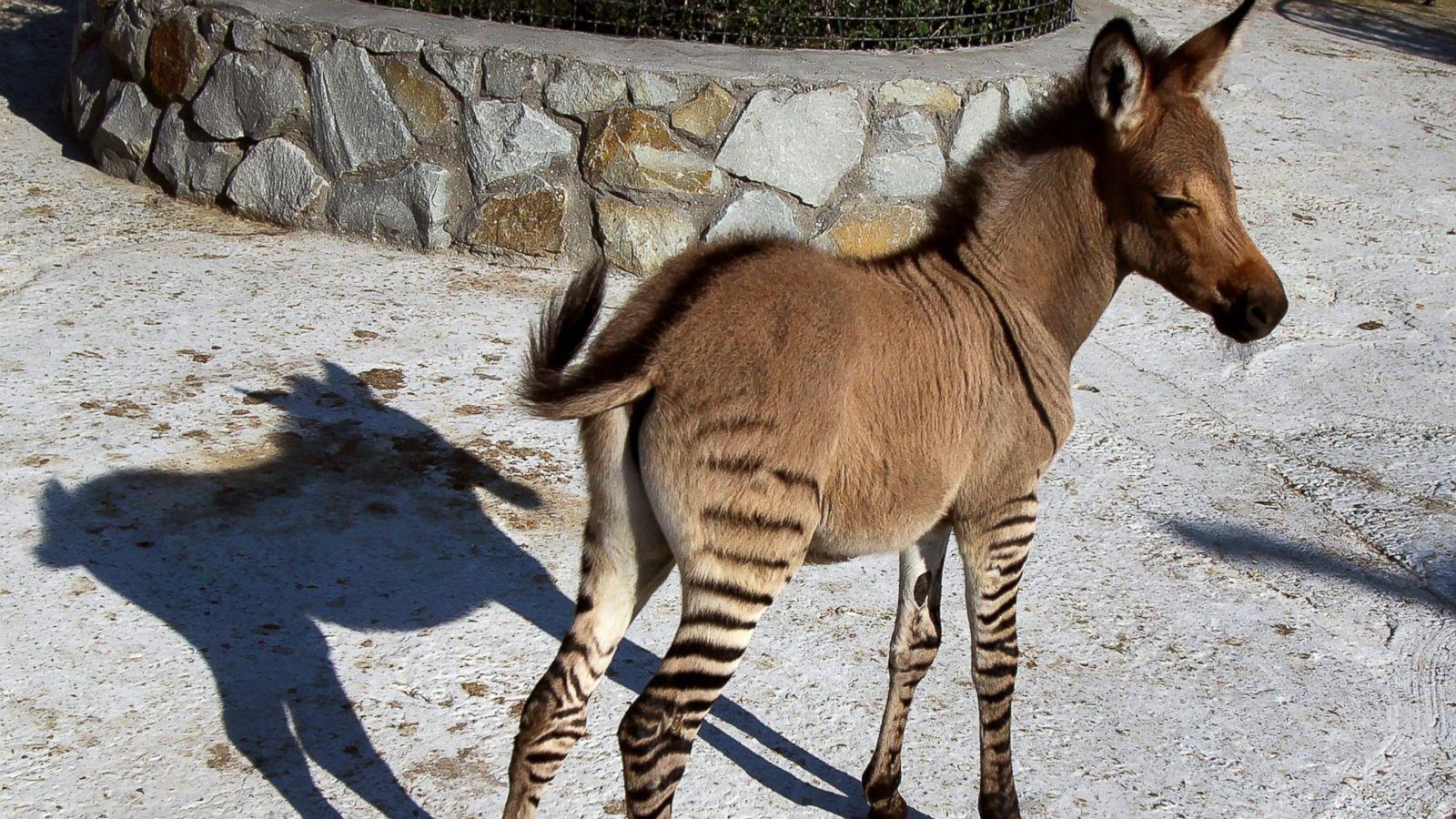
A zonkey is a hybrid of a zebra and a donkey, inheriting traits from both parents. It has striped legs but often a solid-colored body.
-
Region of Habitat: Mostly found in captivity, but can exist in semi-wild environments
-
Scientific Name: Equus zebra × Equus asinus
-
Feeding Habits: Herbivorous; consumes grass, hay, and fruits
-
What Sound They Make: Braying like a donkey, sometimes mixed with zebra barks
Fun Facts
Due to their mixed genetic makeup, zonkeys are usually sterile. They have stronger endurance than donkeys and are sometimes used as work animals.
5. Zorse
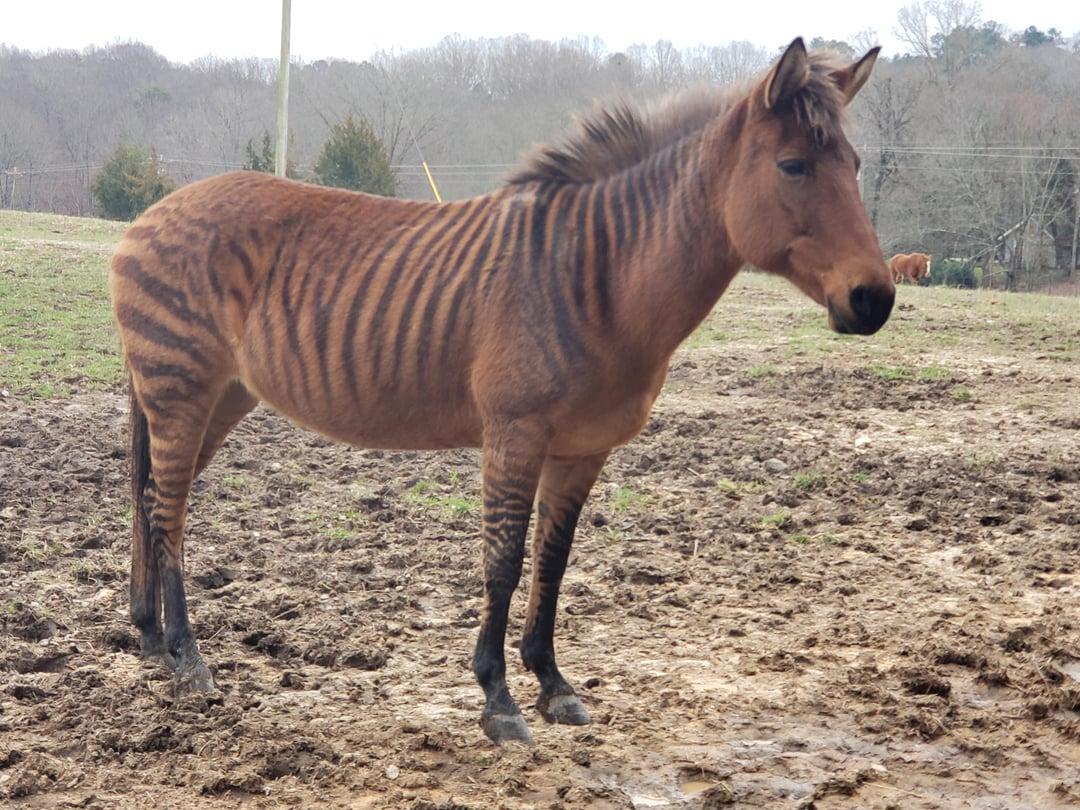
A zorse is a hybrid between a zebra and a horse, often possessing a zebra’s stripes and a horse’s body structure. They are known for their strength and agility.
-
Region of Habitat: Mainly in captivity, rarely found in the wild
-
Scientific Name: Equus zebra × Equus caballus
-
Feeding Habits: Herbivorous; eats grass, hay, and grains
-
What Sound They Make: Neighing, similar to a horse
Fun Facts
Zorses were bred for their durability and resistance to disease. Their coats can come in various colors, with stripes appearing darker on lighter fur.
6. Zuchon
Zuchons, also known as Shichons or Teddy Bear dogs, are a small hybrid breed resulting from the crossing of a Bichon Frise and a Shih Tzu. They are popular as companion dogs.
-
Region of Habitat: Domestic pets worldwide
-
Scientific Name: Canis lupus familiaris
-
Feeding Habits: Omnivorous; eats commercial dog food, meats, and vegetables
-
What Sound They Make: Barking and yipping
Fun Facts
Zuchons are hypoallergenic, making them ideal for people with allergies. They have a cheerful disposition and are known to form strong bonds with their owners.
7. Zebroid
A zebroid is a general term for any hybrid offspring of a zebra and another equine species. They inherit physical traits from both parents and are often bred for work or novelty.
-
Region of Habitat: Captivity, farms, and zoos
-
Scientific Name: Equus zebra × various Equus species
-
Feeding Habits: Herbivorous; grazes on grass, hay, and grains
-
What Sound They Make: Mix of zebra barks and horse neighs
Fun Facts
Zebroids are usually infertile due to their hybrid genetics. They have been documented since at least the 19th century and were once used for transportation in Africa.
8. Zebrette
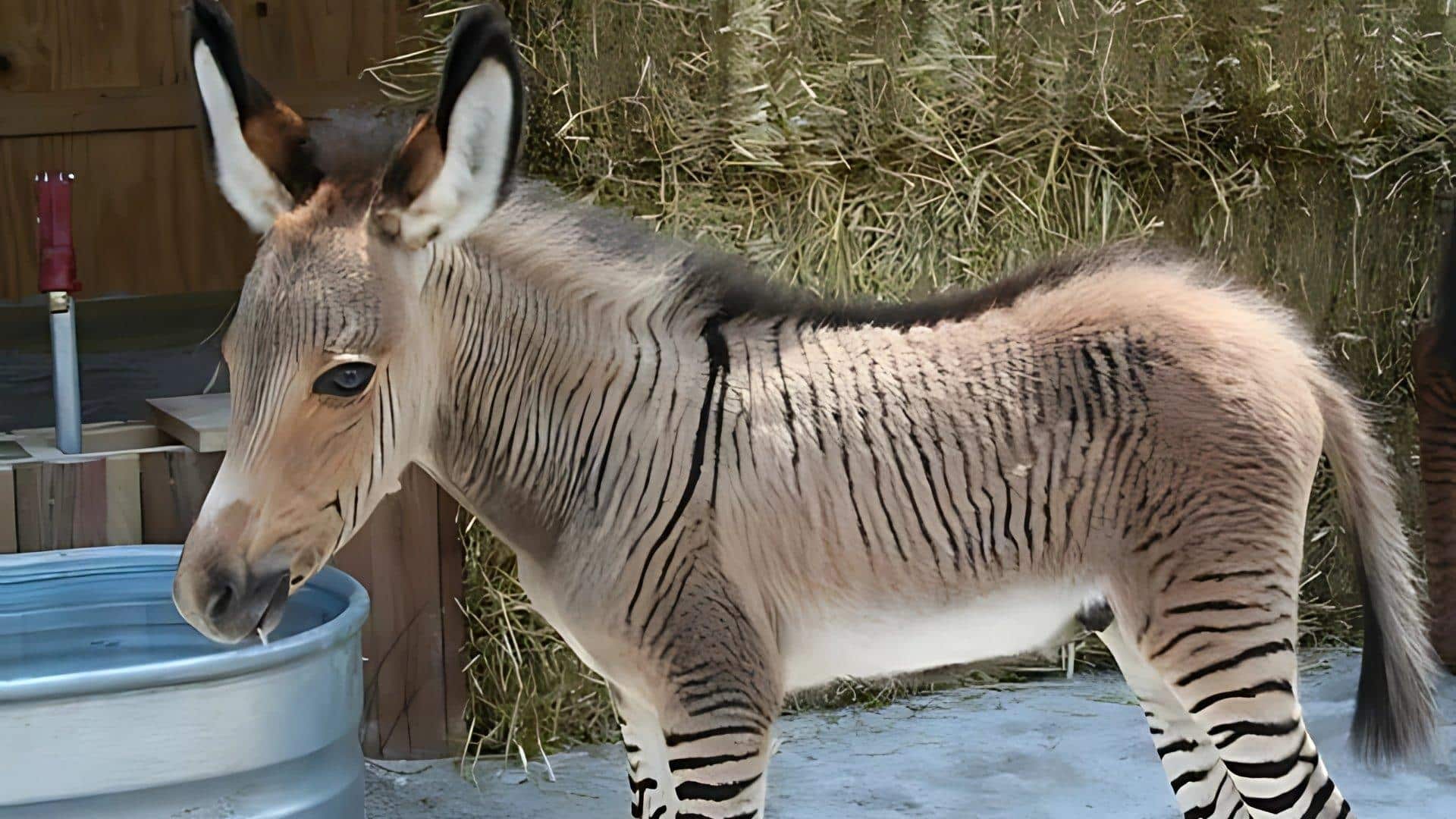
A zebrette is a rare hybrid between a zebra and a small horse or pony. It is similar to a zorse but typically smaller in size.
-
Region of Habitat: Captivity, farms, and private collections
-
Scientific Name: Equus zebra × Equus caballus (pony breed)
-
Feeding Habits: Herbivorous; eats grass, hay, and pellets
-
What Sound They Make: Neighing with occasional zebra-like barks
Fun Facts
Zebrettes tend to be more docile than full-sized zebroids. Their stripes are often fainter compared to full-blooded zebras.
9. Zebu Cattle
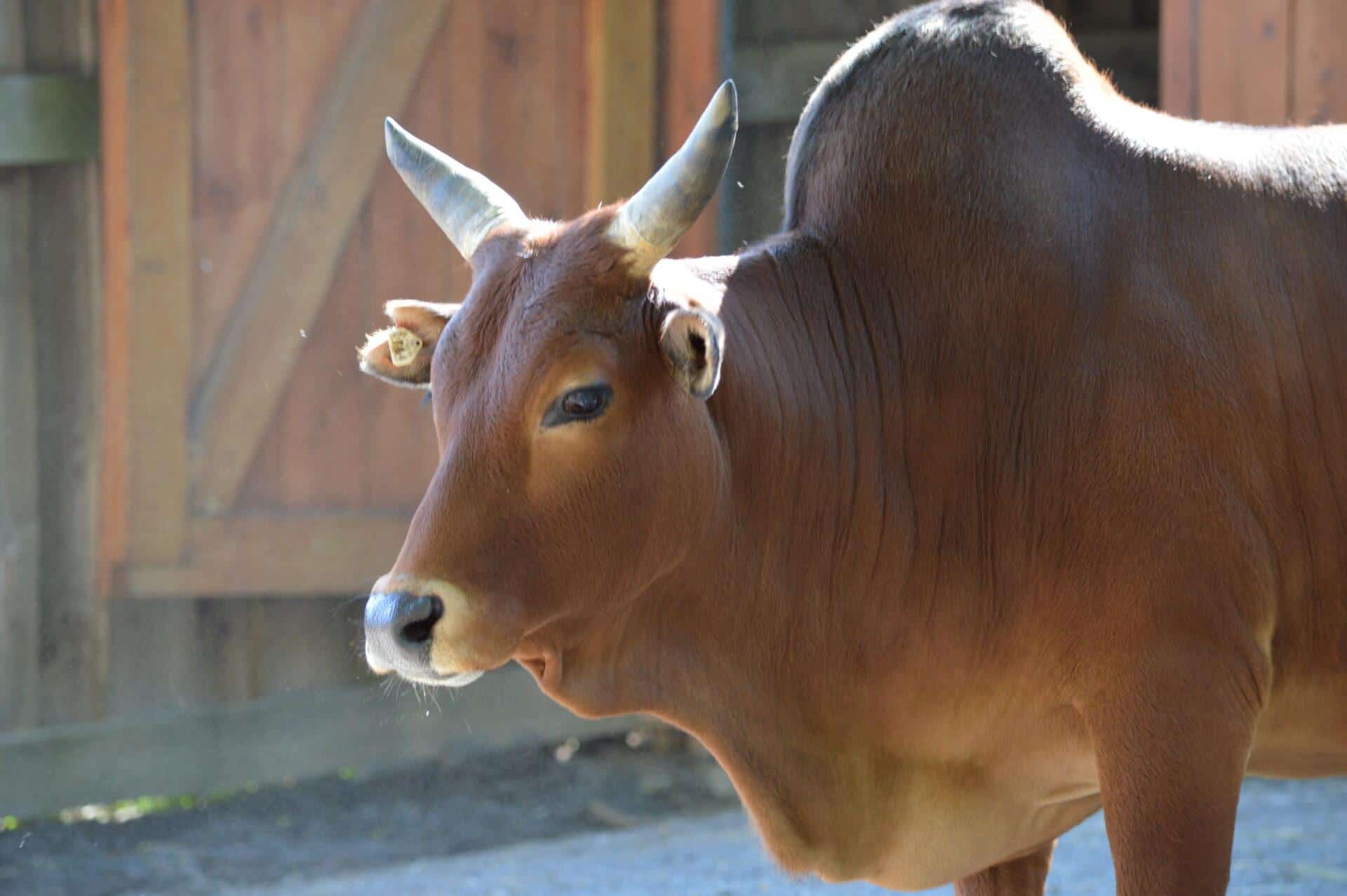
Zebu cattle are a domesticated breed known for their adaptability to hot climates and their distinct humps. They are commonly used for milk, meat, and as draft animals.
-
Region of Habitat: India, Africa, and South America
-
Scientific Name: Bos taurus indicus
-
Feeding Habits: Herbivorous; consumes grass, straw, and grains
-
What Sound They Make: Mooing and bellowing
Fun Facts
Zebu cattle sweat more than European cattle, helping them stay cool in tropical regions. They have been selectively bred for thousands of years.
10. Ziphius (Beaked Whale)
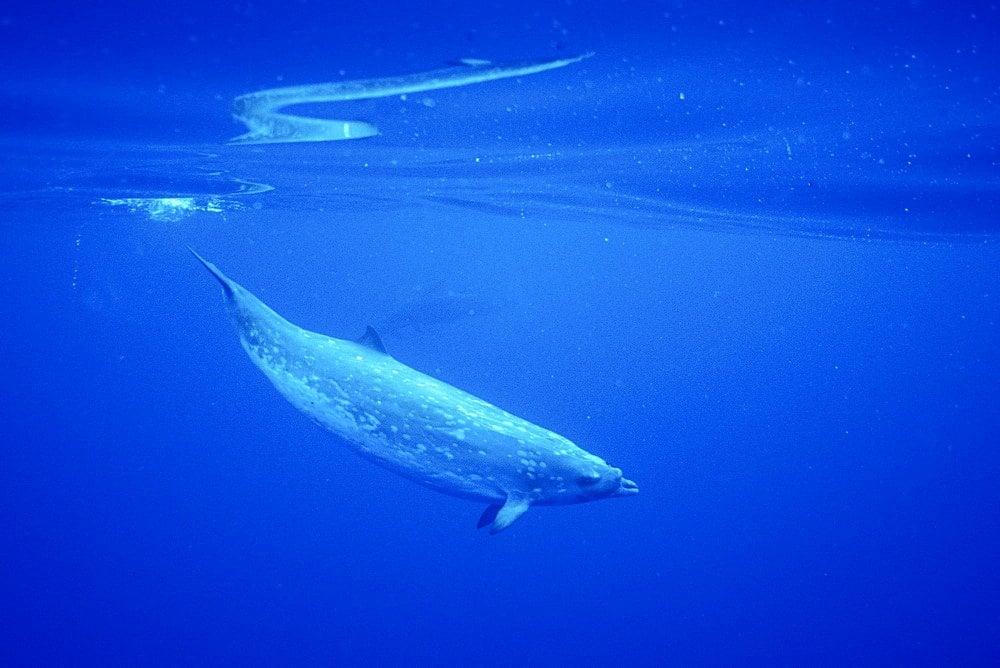
Ziphius, commonly known as Cuvier’s beached whale, is a deep-diving cetacean that can hold its breath for over two hours. It is very rarely seen.
-
Region of Habitat: Deep waters of oceans worldwide
-
Scientific Name: Ziphius cavirostris
-
Feeding Habits: Carnivorous; preys on squid and deep-sea fish
-
What Sound They Make: Clicks and echolocation pulses
Fun Facts
Ziphius holds the record for the longest dive of any marine mammal. They are one of the most widespread yet least understood whale species.
11. Zyzomys (Rodent)
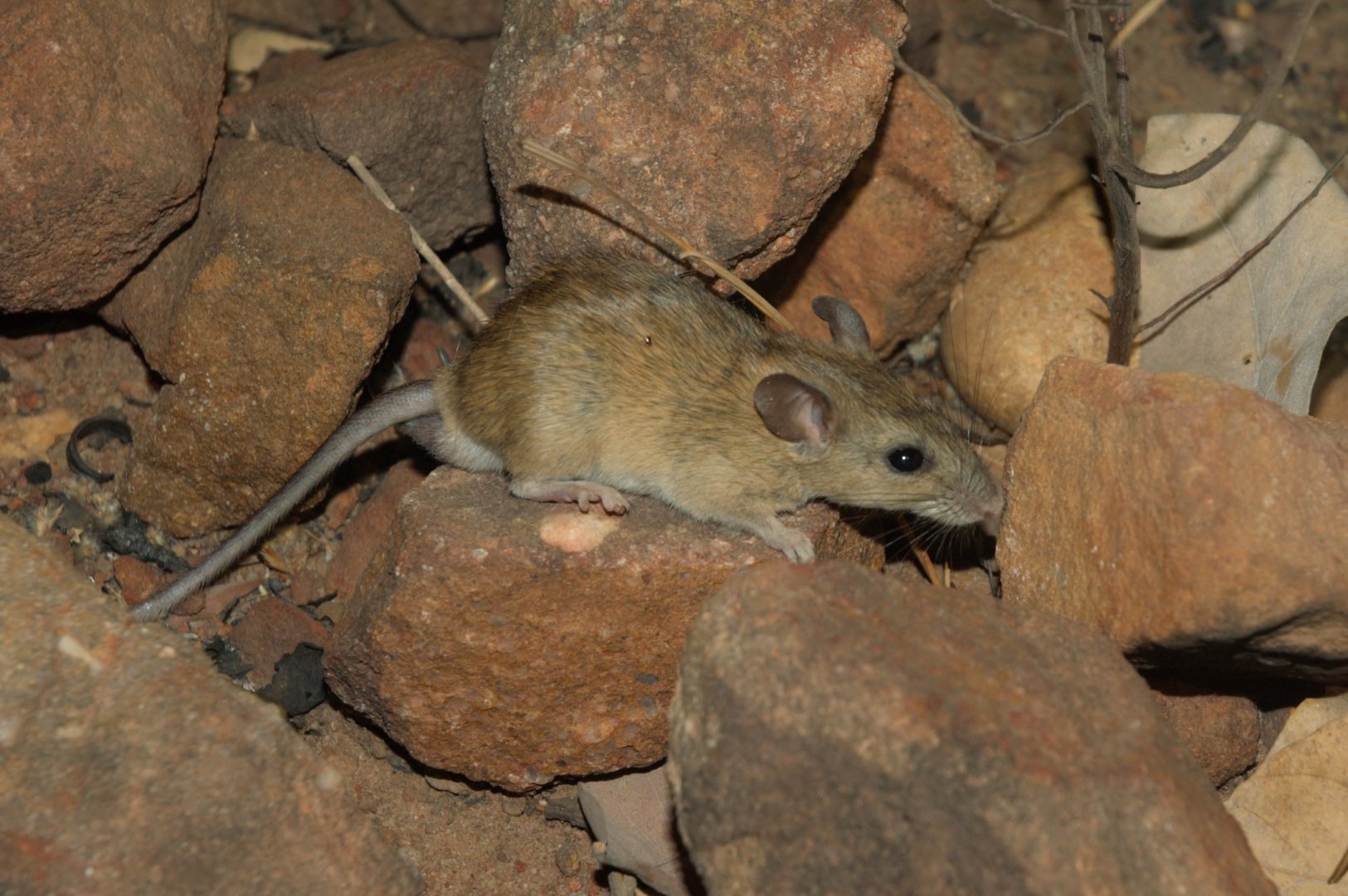
Zyzomys, also called rock rats, are small rodents native to Australia. They are known for their bushy tails and ability to store fat in them for survival.
-
Region of Habitat: Rocky and arid regions of Australia
-
Scientific Name: Zyzomys spp.
-
Feeding Habits: Omnivorous; eats seeds, fruits, and small invertebrates
-
What Sound They Make: High-pitched squeaks
Fun Facts
Zyzomys can survive for long periods without water by metabolizing moisture from their food. As a defense mechanism, their tails can break off.
12. Zorro (Fox)
The term “zorro” refers to South American foxes, which belong to the Lycalopex genus. They have bushy tails and are highly adaptable predators.
-
Region of Habitat: South America, including forests, grasslands, and mountains
-
Scientific Name: Lycalopex spp.
-
Feeding Habits: Omnivorous; consumes small mammals, birds, fruits, and insects
-
What Sound They Make: Barking, howling, and yipping
Fun Facts
Unlike true foxes, zorros are more closely related to wolves and jackals. Their keen sense of smell helps them track prey efficiently.
Final Notes
The world of mammals, starting with Z, reveals an incredible chapter in the book of wildlife. These remarkable creatures prove that every letter of the alphabet holds incredible stories waiting to be understood.
From their unique survival skills to their important roles in different ecosystems, these special animals showcase the extraordinary complexity of nature’s design.
Each rare mammal tells a special tale of adaptation and survival, reminding us how rich and varied our natural world truly is.
Whether living in grasslands, forests, or mountain regions, these animals demonstrate nature’s endless creativity and ability to thrive in different environments.
Their stories are small but mighty reminders of the magic that exists in the animal kingdom!
If you’re interested in more informative animal and wildlife content, feel free to click here and explore other blogs that you might enjoy!


